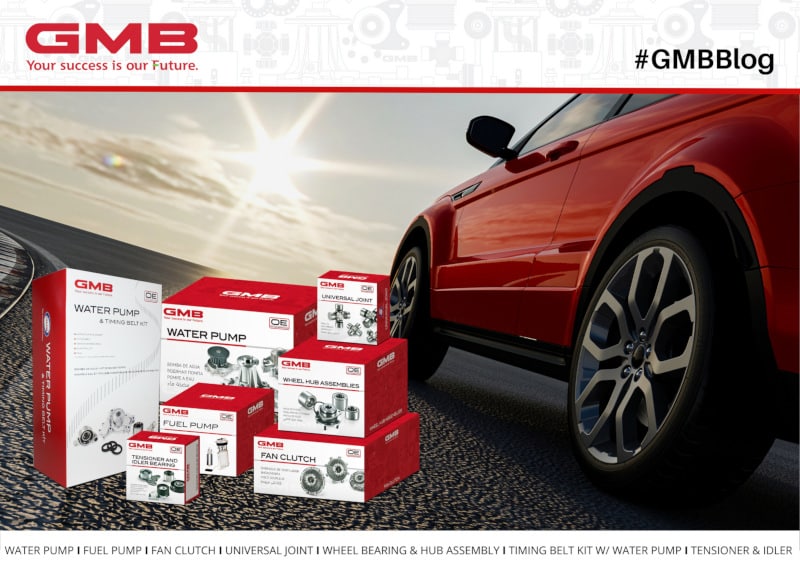All The Different Types Of Belts In A Typical Engine
Belts are simple parts, but they play an important role in the operation of the engine. To put it simply, a belt powers a part (or a set of parts) within the engine.
Your engine has several belts. The number of belts your engine has depends on:
- Your engine’s age
- The design of the engine
Let’s talk about some of the most common engine belts.
1. Timing Belts
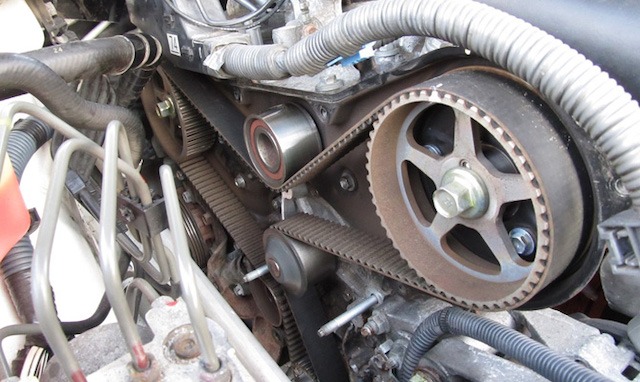
If you look at the front of the engine under the timing cover, you’ll find a tooth belt in some cases (although in most current vehicles, this belt is replaced by a chain). It’s attached to the crankshaft and camshaft via several pulleys. Also called a gilmer drive belt many years ago, the timing belt has two jobs. It powers the engine’s camshaft and keeps it exactly in sync with the crankshaft. This ensures that the valves open and close at the right time. That’s why it’s called a timing belt. It times the valvetrain.
Timing belts usually go bad after 90K miles. Some timing belts can last as long as 110K miles. Water pumps last the about same amount of time. It’s always wise to replace the timing belt and water pump together. It’s recommended to change out the water pump even if the part is still running fine. Chances are high that pump would fail before the next timing belt wear out. This post explains why it’s a good idea to replace the timing belt and water pump together. If you decide to do the job yourself, this post has good tips that will help your job go smoothly.
At GMB, we offer a complete kit that contains an OE quality timing belt and water pump for your make and model.
2. Fan Belts
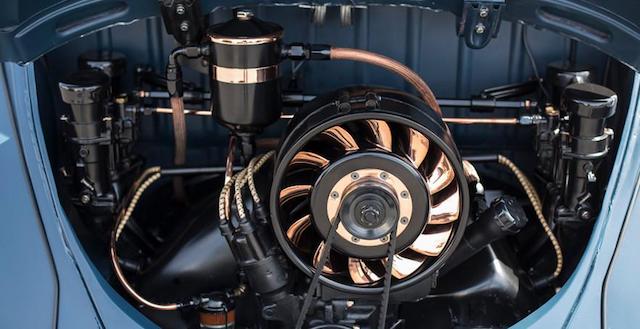
The cooling system needs a belt to power it. In some engines, the serpentine belt powers it. In other engines, the fan belt powers it. It can power the following parts within the cooling system:
- Water pump
- Radiator fan
- Air conditioning
By powering the cooling system, a functioning fan belt does the following:
- Cools the radiator
- Circulates coolant through the engine
If the fan belt breaks, your engine is no longer cooled. That will cause the engine to overheat, which may lead to costly repairs. So it’s a good idea to check the fan belt during routine inspections.
3. Alternator Belts
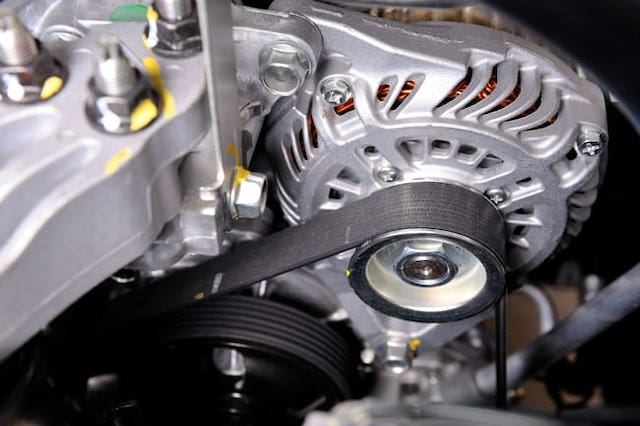
If the serpentine belt is not powering the alternator, then the engine has an alternator belt. It’s a small belt that powers only the alternator. Depending on the design of the engine, the alternator belt may also power the power steering pump. Without an alternator belt, the battery won’t stay charged.
4. Serpentine Belts
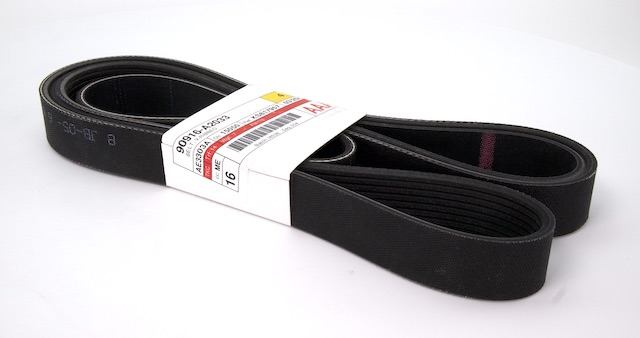
In the old days, engines had many belts that powered various parts. For example, an older engine may have several v-belts. V-belts are belts with deep grooves that resemble the letter V. The invention of the serpentine belt changed that. The serpentine belt goes by a couple of different names: accessory belt and drive belt. The belt is long and snakes through several pulleys. That’s why it’s called a serpentine belt.
You can find the serpentine belt on the front or side the engine. All serpentine belts are ribbed to increase contact surface with the drive and driven pulleys. This helps the belt stay in contact with the pulleys and transmit greater amount of power. The crankshaft makes the serpentine belt spin. When the serpentine belt spins, it powers all the engine accessories, including:
- Power steering pump
- Water pump
- Alternator
- Air conditioning
A serpentine belt usually lasts 60K-100K miles. It’s wise to include the serpentine belt in your routine inspection, though. It’s possible for a serpentine belt to crack, fray, or even break early on. When that happens, the accessories it powers will stop running, and the vehicle will need to be towed.
How The Belts Have Changed Over The Years
All these car belts have evolved over the years. Sometimes they evolved along with engines. Other times, they evolved to provide better performance and longevity. Some of the biggest changes we’ve seen over the years include:
- Serpentine belts are much longer and wider than older V belts
- Improved material quality lets belts last much longer
- A narrow, deep V-belt design evolved into a wide, flat belt with teeth
- Several V belts on older engines have been combined into one serpentine belt on newer engines
Today, the belts are better and more durable than ever.
MORE CONTENT
Stay current!
Sign up here to get the latest news
and updates on all things GMB.
Sign Up To Receive GMB News & Updates!
